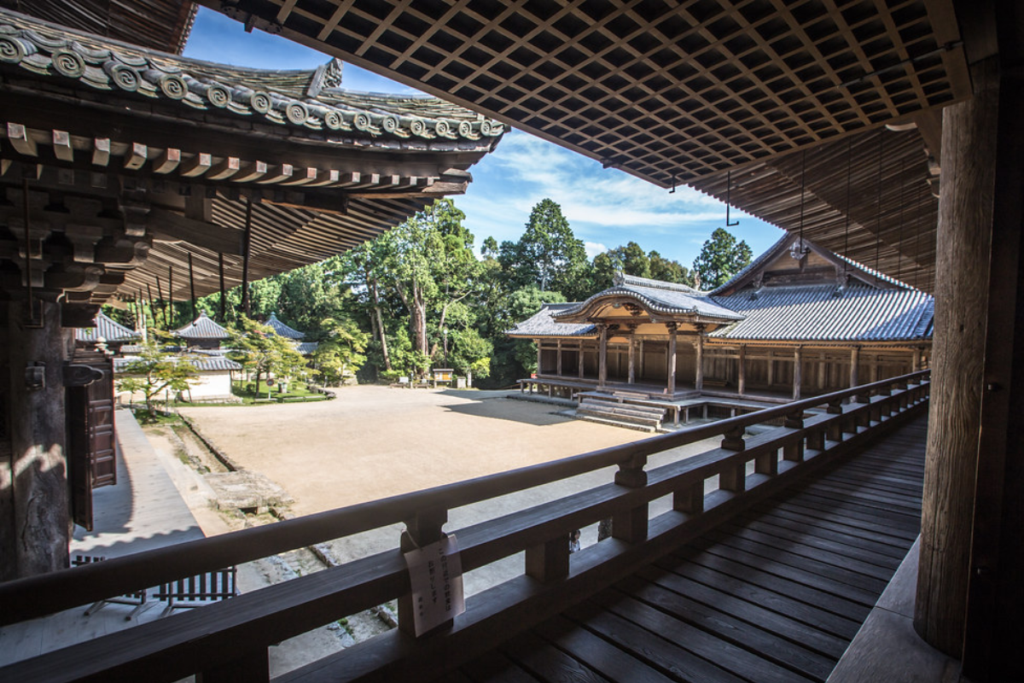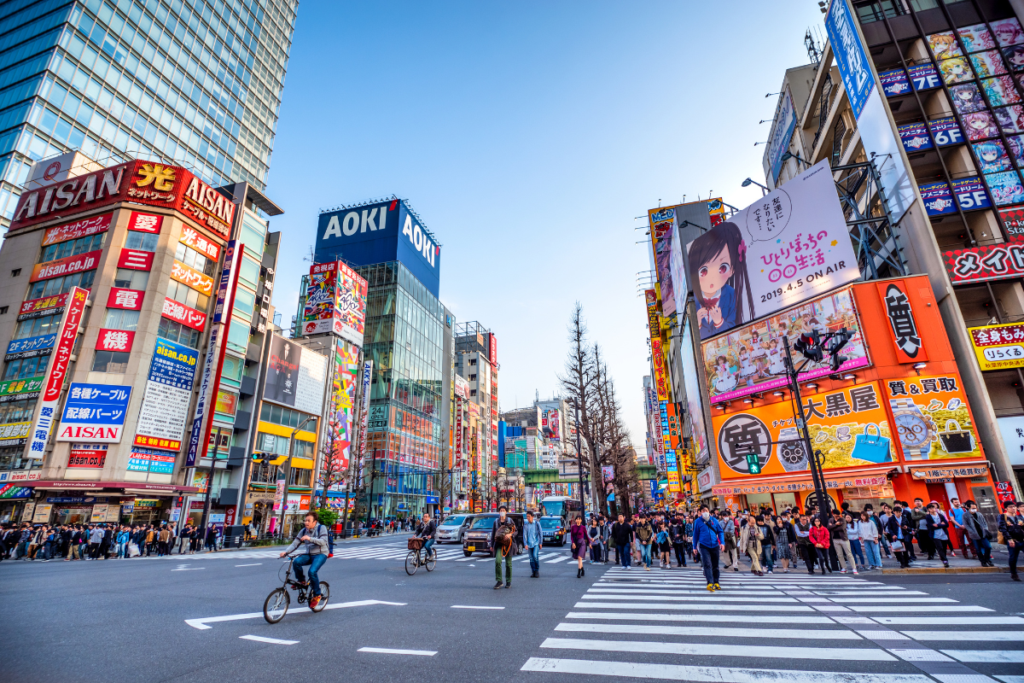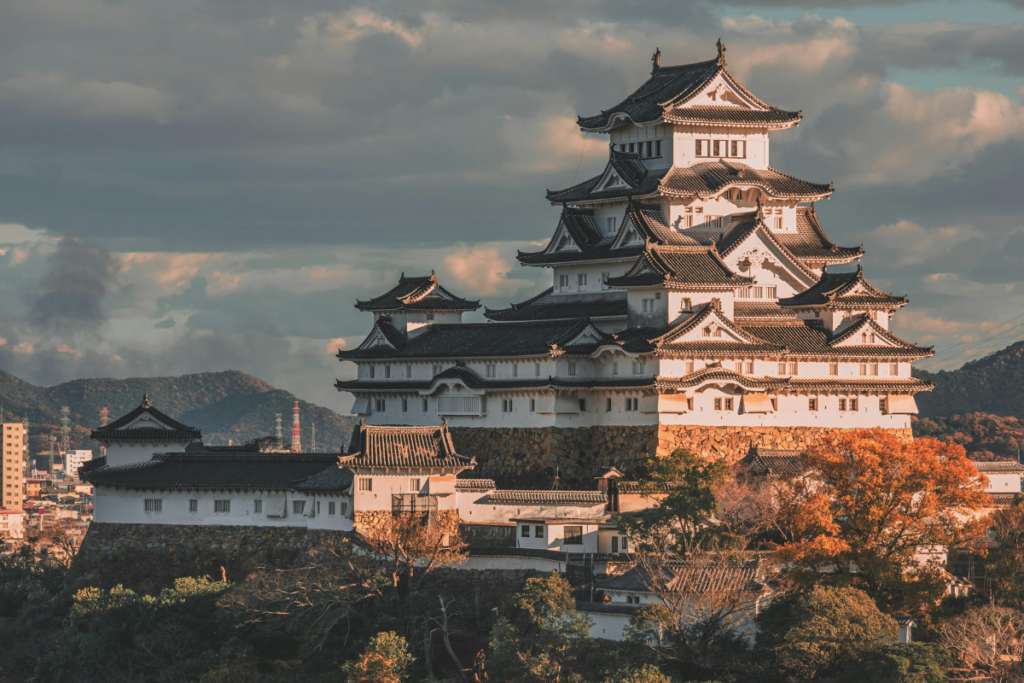5 Best Movies Filmed in Japan
Japan’s cinematic history stretches back more than a century, with its first films debuting in the late 1800s. Since the founding of Toho Company in 1932, now the country’s leading film distributor and theater chain. Now Japan has built one of the largest film industries in the world. Its blend of ancient culture, cutting-edge urban life, and natural beauty has not only influenced local storytelling but has also drawn international filmmakers to shoot on location and create films filmed in japan for decades.
While many movies filmed in Japan settings, only a select few have actually been filmed in the country. Here’s a list of five internationally acclaimed movies that were shot on location in Japan.
1. Lost in Translation (2003)

Sofia Coppola’s Lost in Translation remains one of the most iconic Western movie filmed in Japan. This introspective romantic drama stars Bill Murray and Scarlett Johansson as two lost souls who form a connection while staying at the Park Hyatt Tokyo.
The movie captures the surreal feeling of culture shock, isolation and fleeting intimacy. All with Tokyo’s neon-drenched skyline and quiet hotel interiors as its canvas. Locals will recognize familiar districts such as Shinjuku and Shibuya, which give the film a distinctly modern Japanese atmosphere.
The Park Hyatt’s New York Grill, with its sweeping city views. It became a pilgrimage site for fans after the film’s release. Through its slow pace and thoughtful cinematography, the film paints a beautifully melancholic portrait of urban life in Tokyo.
2. The Last Samurai (2003)

The Last Samurai, starring Tom Cruise, was largely filmed in New Zealand. However, several key scenes were shot at sacred and historical sites in Japan. One of the most memorable is Engyoji Temple, located on Mount Shosha near Himeji in Hyogo Prefecture. This ancient temple complex, with its serene wooden halls and forested paths, served as the backdrop for the samurai village where Cruise’s character trains and reflects.
The film also used Chion-in Temple in Kyoto as a stand-in for the Imperial Palace, further grounding the story in real Japanese heritage. These authentic locations added a layer of credibility and cultural depth to the film’s. With dramatic narrative about East-meets-West and the fall of the samurai era.
3. The Wolverine (2013)

This movie is one of the few major Hollywood blockbusters that managed to film extensively in real Japanese locations. Starring Hugh Jackman, the film follows Logan’s journey through Japan as he confronts mortality and legacy. Rather than relying on Hollywood sets, the production team gained rare access to landmarks such as Zojoji Temple in Minato-ku, Tokyo, which is dramatically featured with Tokyo Tower looming in the background.
Other Tokyo locations include Akihabara’s electric streets, the nightlife of Shinjuku and the cultural district of Ueno. The film also took viewers beyond Tokyo, with scenes shot in Hiroshima and Ehime Prefectures. The scenes adding contrast between modern cityscapes and traditional countryside. Shooting in Japan can be logistically challenging due to strict permits, so The Wolverine stands out as a film that truly immerses itself in Japanese locations.
4. You Only Live Twice (1967)

In the fifth installment of the James Bond franchise, the legendary British spy, portrayed by Sean Connery, travels across Japan on a high-stakes mission. The film makes full use of Japanese landmarks, blending espionage with stunning visuals.
One of the most iconic filming locations is Himeji Castle in Hyogo, which was used as a ninja training school. The historic white castle, already a national treasure, gained international fame thanks to the movie. Another key setting is the Hotel New Otani in Tokyo, which served as the fictional headquarters of Osato Chemicals and Engineering. With aerial shots of Tokyo, Japanese architecture, and traditional interiors, You Only Live Twice helped introduce Japan’s unique charm to global audiences in the late 1960s.
5. Honorable Mention: Kill Bill: Vol. 1 (2003)

Although Kill Bill: Vol. 1 wasn’t actually filmed in Japan, its influence from Japanese culture and aesthetics is undeniable. Quentin Tarantino’s action masterpiece includes a legendary fight scene at the “House of Blue Leaves,” a Tokyo-style restaurant. The scene is often mistaken for being filmed in Japan. However, the set was built entirely in Beijing, inspired by the real-life Gonpachi restaurant in Roppongi, Tokyo.
While the film didn’t shoot on Japanese soil, its homage to samurai films, yakuza culture and Japanese music helped popularize Japanese cinematic elements among Western audiences. The film’s stylized violence, choreography and setting have become cultural touchstones, contributing to Japan’s image in modern pop culture.
Japan on the Silver Screen: What’s Next?
Obtaining permits to film in Tokyo is notoriously challenging, especially in densely populated areas. The Tokyo Location Box, a government-affiliated organization assisting filmmakers, notes that most locations in Tokyo require shooting permits, with applications written in Japanese and signed by the responsible party. But as of 2025, industry insiders say that local filming restrictions may soon ease. In 2023, Japan introduced a production incentive program offering rebates of up to 50% of qualifying expenses for international film and TV projects shooting in the country.
With its rich history, diverse landscapes and striking contrast between tradition and technology, Japan offers a one-of-a-kind backdrop for stories waiting to be told. Movie fans and tourists alike can look forward to seeing even more of Japan’s beauty captured on screen in the near future.

